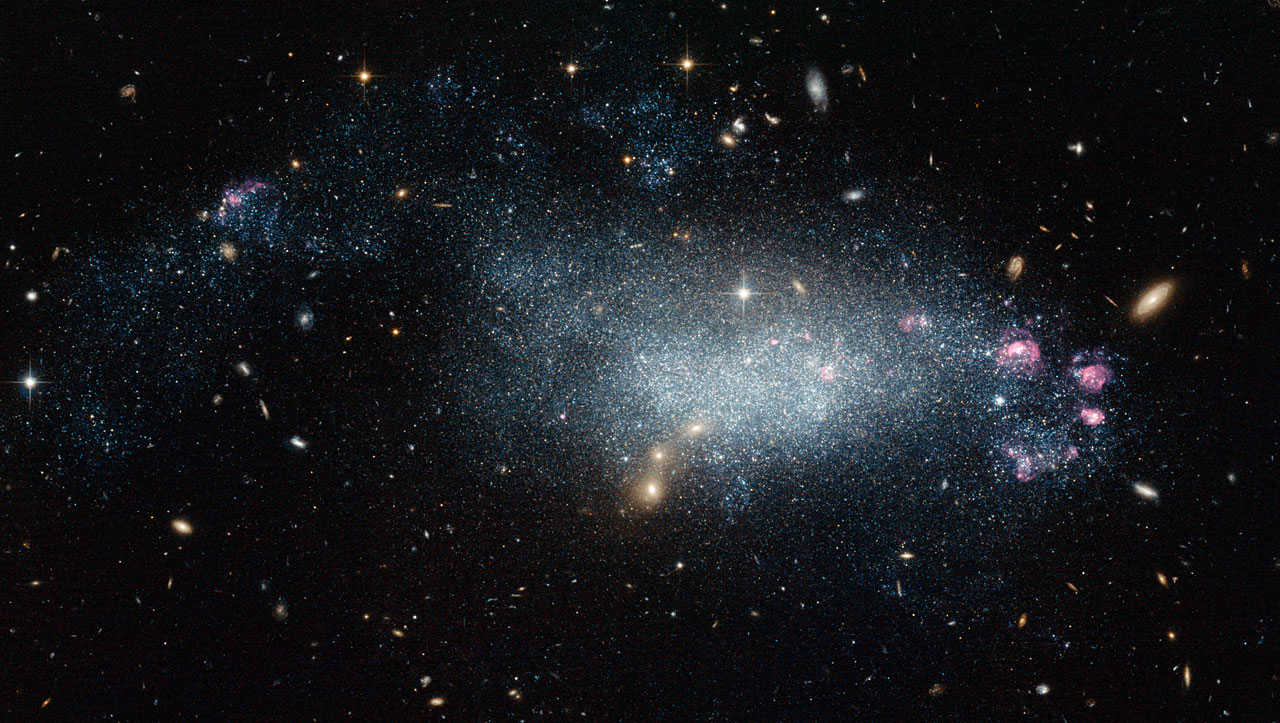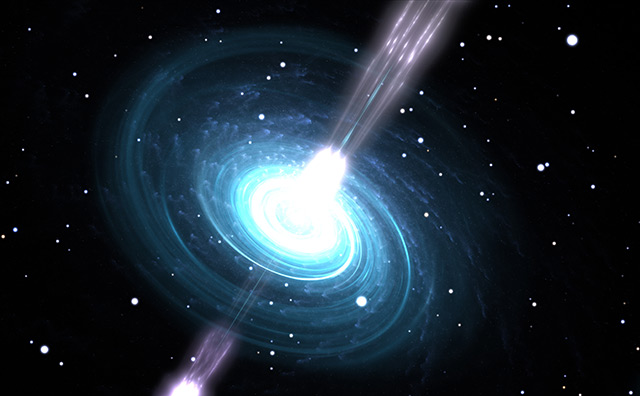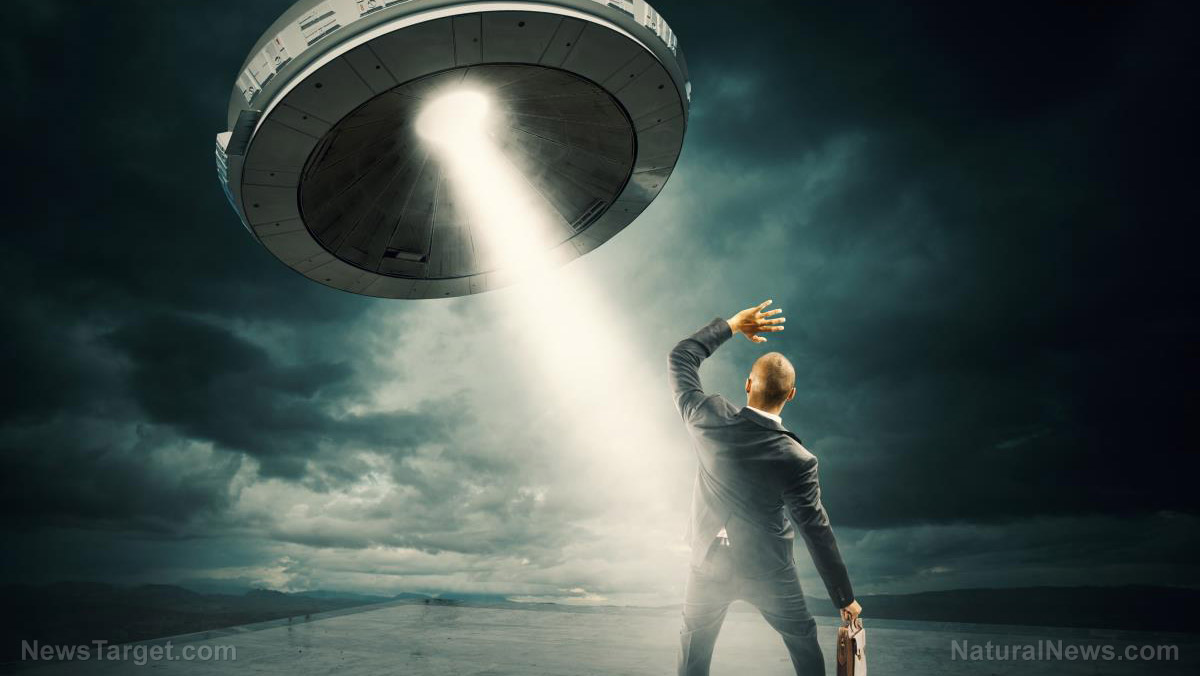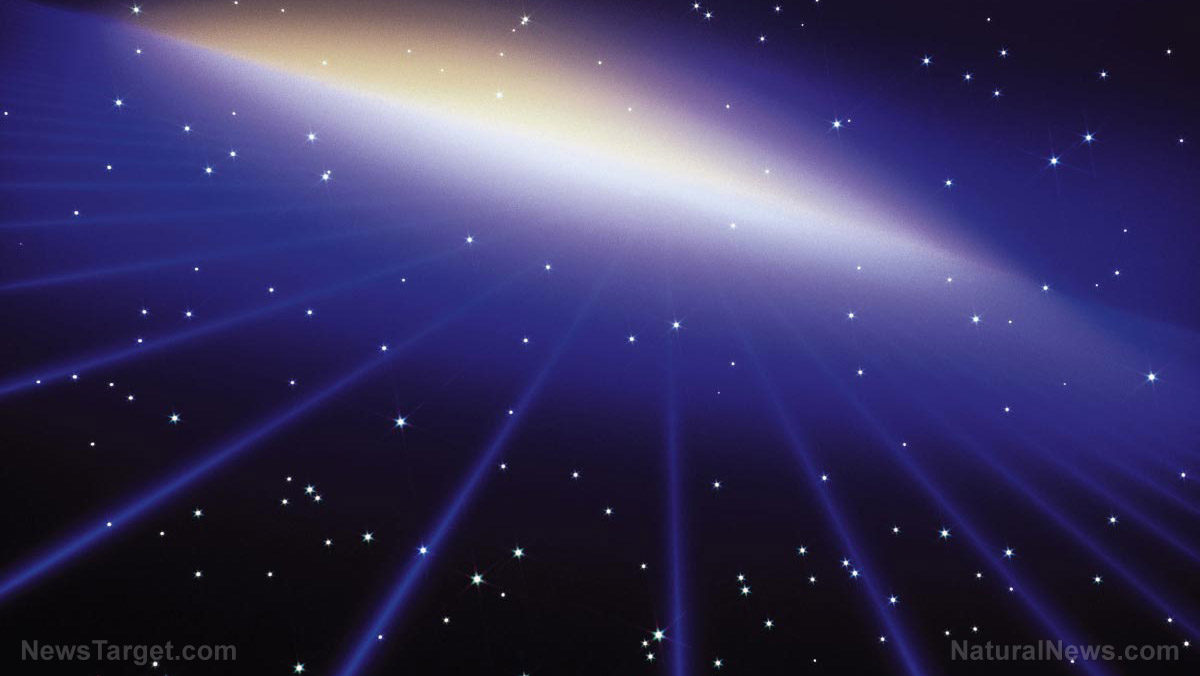
Astronomers have discovered three galaxies from the early universe. The discovery of these galaxies, which developed about 12 billion years ago near the Milky Way, opens a window into what the cosmos was like at the beginning of time.
The three ultra-faint dwarf galaxies (UFDs) are 11.4 million light years way. They are among the most obscure identified outside the Local Group, a clustering of galaxies that includes the Milky Way and Andromeda.
UFDs are the least bright and chemically developed galaxies. They are also dominated by dark matter – the gravitational "glue" scientists think keeps galaxies together. While dark matter has never been directly seen, some studies estimated that it composes 85 percent of the universe. (Related: Study debunks claim galaxy is made of 98% dark matter.)
According to a report by Phys.org, the astronomers made use of the Hubble Space Telescope to find the three UFDs. Prior to the discovery of the three dwarf galaxies, similar UFDs had been discovered back in 2014 and 2016. The newfound UFDs received the designations Scl-MM-dw3, Scl-MM-dw4 and Scl-MMdw5, respectively.
Scl-MM-dw3 is the smallest UFD, with its half-light radius estimated to be about 362 light years. Scl-MM-dw4, meanwhile, has a half-light radius of 613 light-years. The biggest of the three UFDs, Scl-MM-dw5, boasts of a half-light radius of about 1,167 light-years.
In spite of the size differences, the three UFDs are uniformly old, with nearly all of their stars forming in the early universe about 12 billion years ago.
UFDs are "pristine fossils" of the early universe
The astronomers who found the UFDs, under the leadership of Dr. Burcin Mutlu-Pakdil, published their findings in The Astrophysical Journal. They also presented their findings at the 241st meeting of the American Astronomical Society in Seattle.
"Our work is the necessary first step toward further understanding the faintest galaxies beyond the local group, and toward more robustly constraining the demographics of UFDs," said Mutlu-Pakdil in a press release. "We still do not know whether the Local Group UFDs are typical or unusual. To answer this fundamental detail, we need to discover more UFDs beyond our local environment and study them in detail."
Astronomers consider UFDs to be pristine fossils of the early universe, and finding proof of their existence could help experts solve many mysteries. They could provide scientists with the best opportunities for studying what the universe is composed of and how its first galaxies formed.
According to the researchers, the UFDs are orbiting NGC253 – also known as the Sculptor Galaxy – one of the brightest in the night sky.
Discovering UFDs and other galaxies orbiting in the Milky Way's proximity is the astronomical equivalent of digging up the remains of the earliest known humans. The researchers emphasized that their study could help scientists create more accurate models of how the oldest galaxies were born.
"Dwarf galaxies are the building blocks of larger galaxies. UFDs are the best place to study galaxy formation on the smallest scales and learn how the smallest dark matter clumps get populated with stars and turn into galaxies," Mutlu-Pakdil said.
Follow Space.news for more news about galaxies.
Watch this video that discusses the findings of the James Webb Space Telescope, a space telescope similar to the Hubble Telescope.
This video is from the Finding Genius Podcast channel on Brighteon.com.
More related stories:
Science was wrong: 10 times more galaxies found in our universe.
New study finds cosmic shock wave 60 times larger than the Milky Way.
Space speeding: Astronomers are baffled by 39 ancient galaxies the Hubble could not see.
Sources include:
Please contact us for more information.
















